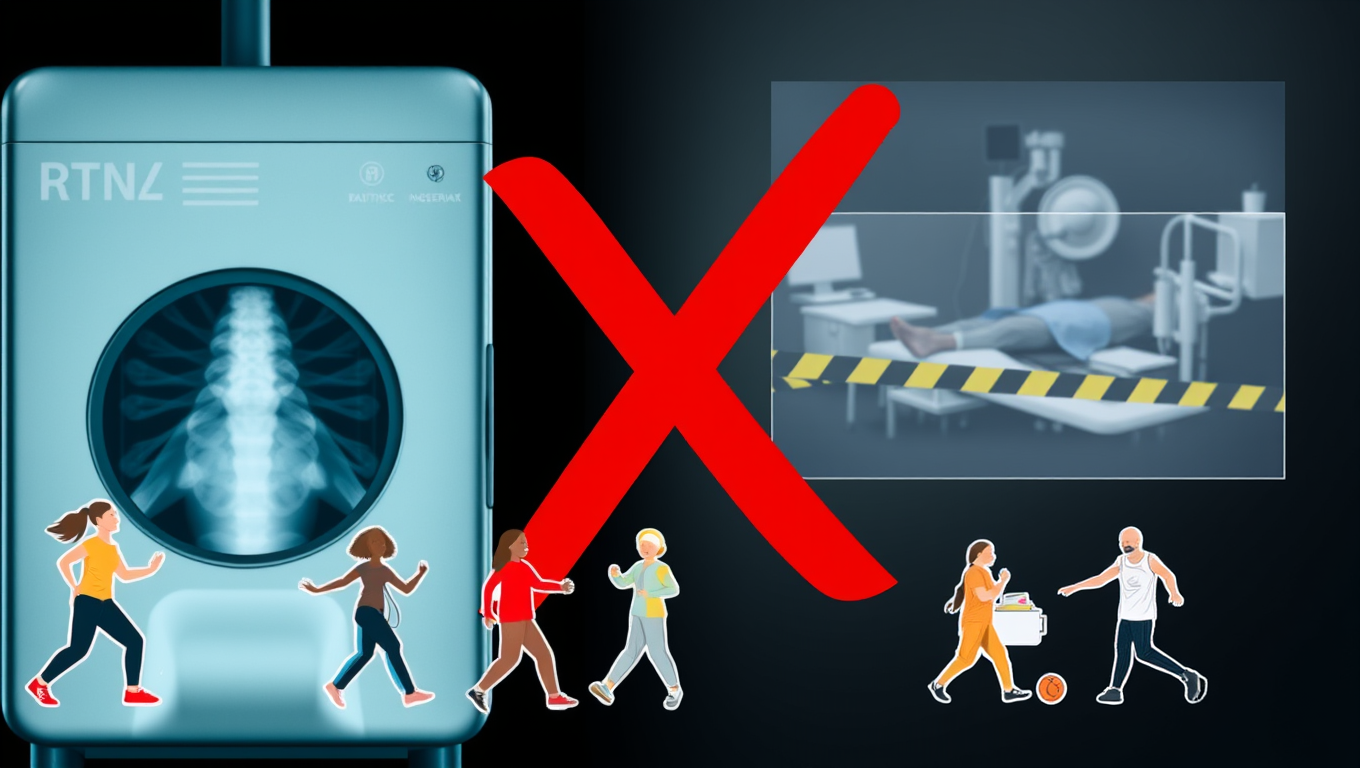While we try to keep things accurate, this content is part of an ongoing experiment and may not always be reliable.
Please double-check important details — we’re not responsible for how the information is used.
Back and Neck Pain
“Finding Serenity in Nature: How Being Outdoors Can Help People Manage Chronic Back Pain”
Researchers asked patients, some of whom had experienced lower back pain for up to 40 years, if being in nature helped them coped better with their lower back pain. They found that people able to spend time in their own gardens saw some health and wellbeing benefits. However, those able to immerse themselves in larger green spaces such as forests felt even more positive, as they were able to lose themselves in the environment and focus more on that than their pain levels. The researchers have recommended trying to incorporate time spent in nature into people’s treatments plans, and are also using their findings to develop virtual reality interventions that allow people to experience some of the benefits of being in nature without the need to travel anywhere if they are unable to do so.

Arthritis
The Alarming Impact of Routine X-Rays on Arthritis Patients’ Decisions
Knee osteoarthritis is a major cause of pain and disability, but routine X-rays often do more harm than good. New research shows that being shown an X-ray can increase anxiety, make people fear exercise, and lead them to believe surgery is the only option, even when less invasive treatments could help. By focusing on clinical diagnosis instead, patients may avoid unnecessary scans, reduce health costs, and make better choices about their care.
Back and Neck Pain
The French Fry Effect: Scientists Reveal the Surprising Truth About Potatoes and Diabetes Risk
French fries may be more than just a guilty pleasure—they could raise your risk of type 2 diabetes by 20% if eaten three times a week, while the same amount of boiled, baked, or mashed potatoes doesn’t appear to have the same effect.
Back and Neck Pain
“Breaking Down Pain: The Surprising New Way Tylenol Works to Stop the Hurt”
Acetaminophen may be doing more than just dulling pain in your brain it could be stopping it before it even starts. Scientists at Hebrew University have discovered that a metabolite of the drug, AM404, blocks pain signals right at their source by shutting down specific sodium channels in pain-sensing nerves. This radically shifts our understanding of how this common medication works and opens a door to new, more targeted painkillers that might eliminate side effects like numbness or weakness.
-

 Detectors6 months ago
Detectors6 months agoA New Horizon for Vision: How Gold Nanoparticles May Restore People’s Sight
-

 Earth & Climate7 months ago
Earth & Climate7 months agoRetiring Abroad Can Be Lonely Business
-

 Cancer7 months ago
Cancer7 months agoRevolutionizing Quantum Communication: Direct Connections Between Multiple Processors
-

 Albert Einstein7 months ago
Albert Einstein7 months agoHarnessing Water Waves: A Breakthrough in Controlling Floating Objects
-

 Earth & Climate7 months ago
Earth & Climate7 months agoHousehold Electricity Three Times More Expensive Than Upcoming ‘Eco-Friendly’ Aviation E-Fuels, Study Reveals
-

 Chemistry7 months ago
Chemistry7 months ago“Unveiling Hidden Patterns: A New Twist on Interference Phenomena”
-

 Diseases and Conditions7 months ago
Diseases and Conditions7 months agoReducing Falls Among Elderly Women with Polypharmacy through Exercise Intervention
-

 Agriculture and Food7 months ago
Agriculture and Food7 months ago“A Sustainable Solution: Researchers Create Hybrid Cheese with 25% Pea Protein”





























